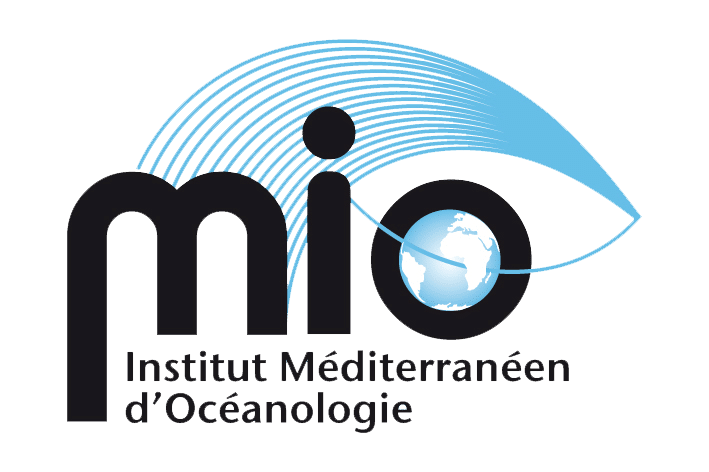Title of thesis: Characterisation of the virome of a highly anthropised tropical ecosystem: the Ebrié Lagoon in Côte d'Ivoire
Doctoral school 62: Biology and health
Composition of the jury :
Valérie MICHOTEY Chairman
Claire GESLIN Rapporteur
Soizick LE GUYADER Rapporteur
Sheree YAU Examiner
François ENAULT Examiner
Sébastien HALARY Examiner
Christelle DESNUES Thesis supervisor Ϯ
Yvan BETTAREL Thesis supervisor
Abstract
Knowledge of the diversity and composition of viral communities in aquatic environments has progressed considerably in recent years, thanks in particular to the advent of 'omics' approaches. However, the cost and analytical difficulties involved in processing viral sequences mean that the number of studies on aquatic viromes remains relatively limited, with databases that are still underdeveloped. For example, certain ecosystems have rarely been studied, particularly in tropical environments. This is also the case for sites subject to high levels of pollution, where the study of viruses is fundamental from a health point of view. In this thesis, we chose to study the viral component in a complex lagoon site, exposed to domestic, agricultural and industrial discharges from a population of nearly 6 million inhabitants: the Ebrié Lagoon bordering the city of Abidjan in Côte d'Ivoire. The aims of this thesis were (1) to characterise the benthic and planktonic viral communities in 7 sites in this lagoon with contrasting levels of eutrophication, distinguishing between DNA and RNA viromes, (2) to assess whether the composition of viromes depends on the level of eutrophication of the waters, (3) to identify pathogenic viral taxa and those likely to be used as indicators of human faecal pollution, and (4) to examine the main viral reproduction strategies (lytic and lysogenic). To do this, we used a shotgun metagenomic approach combined with bioinformatics analyses based on a taxonomic assignment of viruses via the non-redundant sequence database, as well as a method exploiting k-mers. Among the most striking results, we showed that the composition of DNA viromes was specific to each compartment (plankton/benthos), with a predominance of sequences associated with bacteriophages belonging to the group of double-stranded DNA viruses (Siphoviridae, Myoviridae and Podoviridae) in the water column, and single-stranded (Microviridae) in the sediment. Conversely, the composition of RNA viromes was more influenced by the level of eutrophication in the environment than by the compartment. These included sequences associated with human pathogens of faecal origin, such as coxsackievirus B3, human picobirnavirus and bastrovirus. These sequences were identified in the lagoon's most eutrophic stations. Several sequences associated with indicators of human faecal pollution, such as tobacco mosaic virus, pepper mild mottle virus, smacovirus and pecovirus, were also identified. The study of interactions between viruses and their bacterial hosts showed that this tropical lagoon was more conducive to lytic viral reproduction strategies in the most eutrophic sites, while lysogeny was more favoured in the most oligotrophic sites. Among the nutrients, ammonium appeared to be decisive in explaining how viruses become infected in this particular ecosystem. Finally, using an approach based on the theoretical prediction of bacterial hosts via the Prokaryotic-virus-Host-Predictor, we were able to demonstrate the reliability of this computational tool, generating taxonomic profiles of bacterial hosts comparable to those obtained using the classic approach based on metabarcoding targeting the 16S RNA gene. This thesis work has therefore provided a unique dataset, as well as new fundamental knowledge about the composition of the virome of aquatic sites subject to high levels of pollution. It also demonstrates the enormous potential of metagenomics for the detection of viruses, particularly pathogens and faecal pollution indicators, which could constitute a promising tool for assessing the contamination status of aquatic ecosystems.
Keywords: viroma, aquatic ecosystems, pathogen, faecal pollution indicators, metagenomics, bacteriophage, bacterium, lagoon, eutrophication, sediment, water




